16 Fish Species That Thrive In Complete Darkness
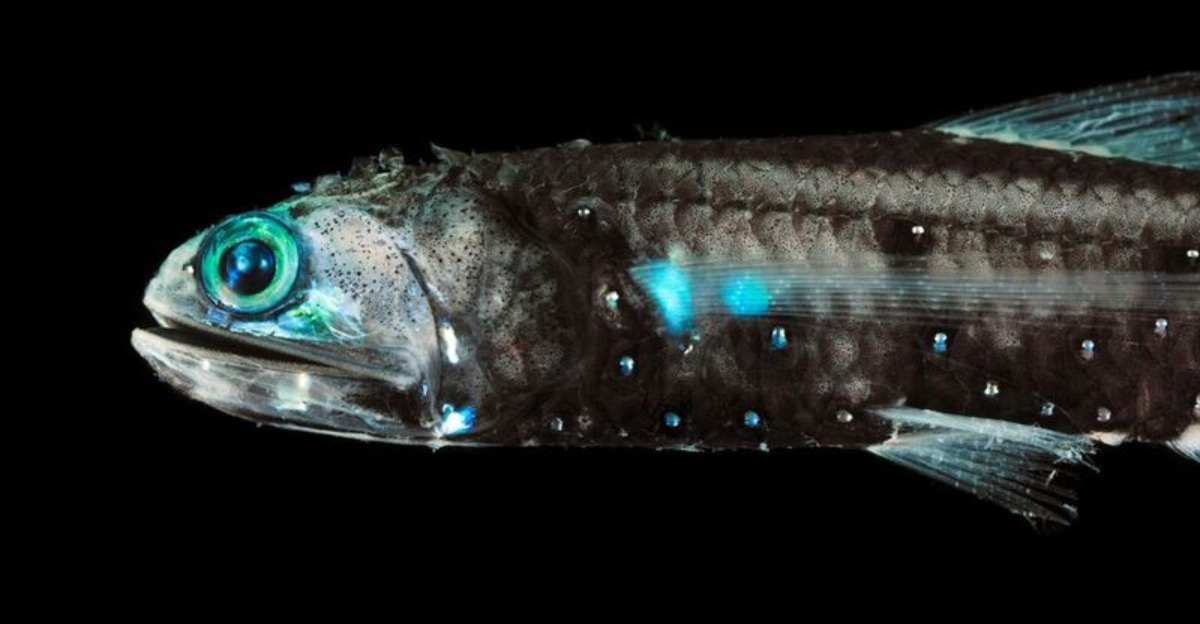
Deep beneath the ocean’s surface lies a mysterious world where sunlight never reaches. In these pitch-black depths, extraordinary fish have evolved incredible adaptations to survive without light.
From bioluminescent lures to enhanced senses, these remarkable creatures navigate and hunt in eternal darkness, showcasing nature’s incredible ability to adapt to even the most extreme environments.
1. The Living Light Bulb
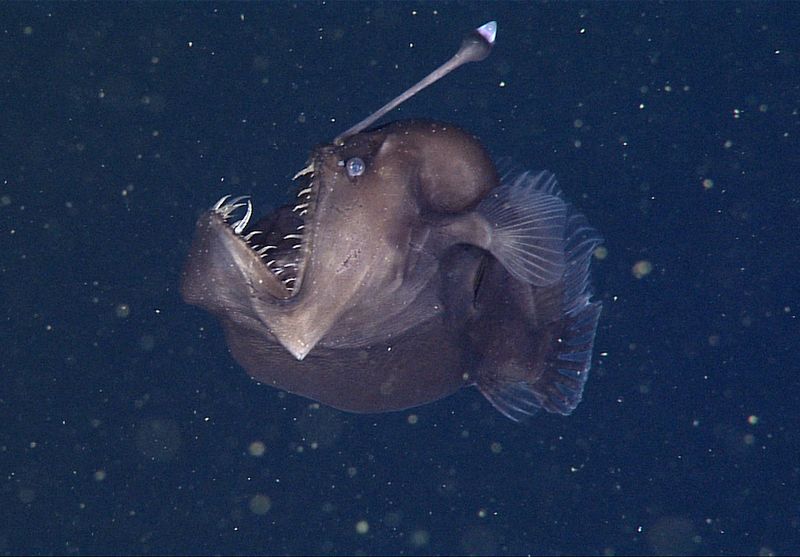
Imagine carrying your own flashlight everywhere! The anglerfish dangles a glowing lure from its forehead to attract prey in the inky blackness.
Female anglerfish can grow up to 3.3 feet, while males are tiny parasites that permanently fuse to females. Their jaws are so massive they can swallow prey twice their size!
2. Transparent Wonder
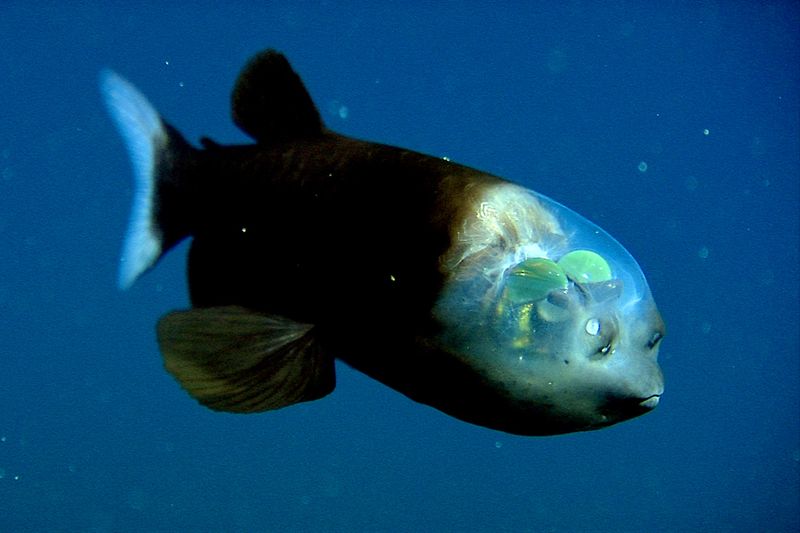
Like living glass ornaments, barreleye fish sport see-through heads with tubular eyes that rotate inside their transparent domes.
These bizarre creatures can look directly upward to spot prey silhouettes against the faint light from above. Their unusual green lens eyes can filter bioluminescence, giving them a hunting advantage in the darkness.
3. Dragon Of The Deep
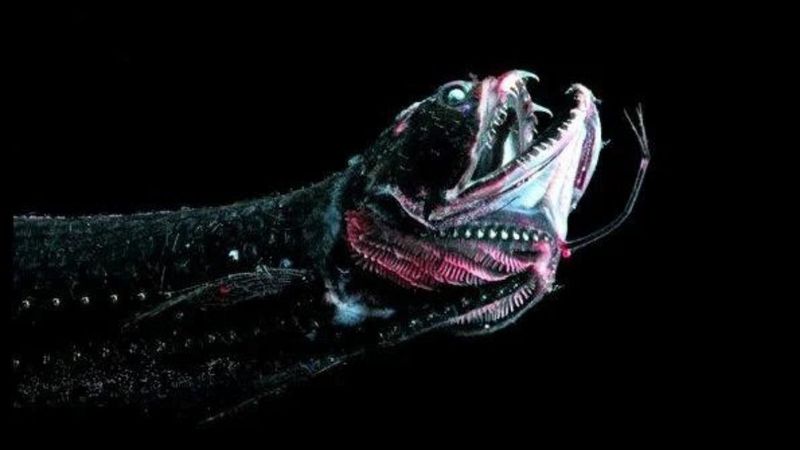
Sporting a fierce name and even fiercer appearance, the black dragonfish rules the midnight zone with an arsenal of hunting tools.
Rows of light-producing photophores line its body like tiny stars. Despite measuring just 6 inches long, this predator boasts fang-like teeth and can produce red light – invisible to most deep-sea creatures but visible to its special eyes!
4. Toothy Nightmare
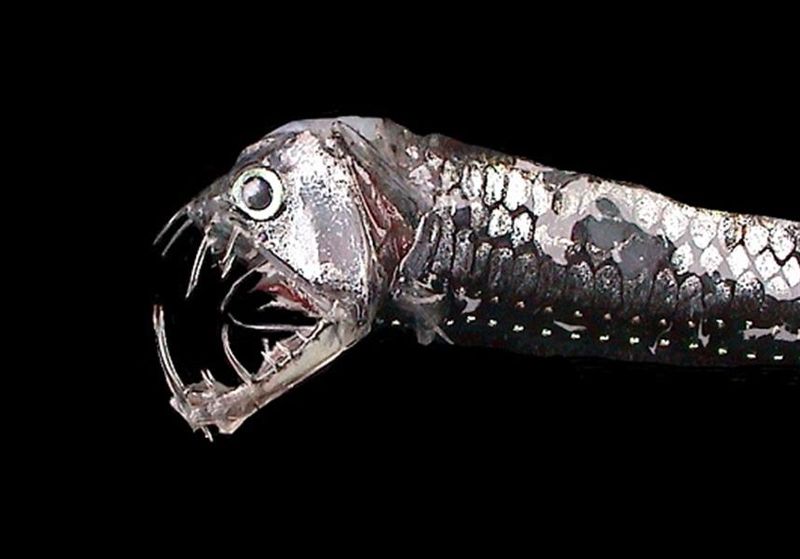
Straight from your scariest dreams, the viperfish could win awards for most terrifying smile in the deep sea.
Its needle-sharp teeth are so large they don’t fit inside its mouth! Instead, they curve back toward its eyes. Hanging a glowing lure below its dorsal fin, this crafty hunter stays perfectly still until prey approaches, then strikes with lightning speed.
5. Slithering Shadow
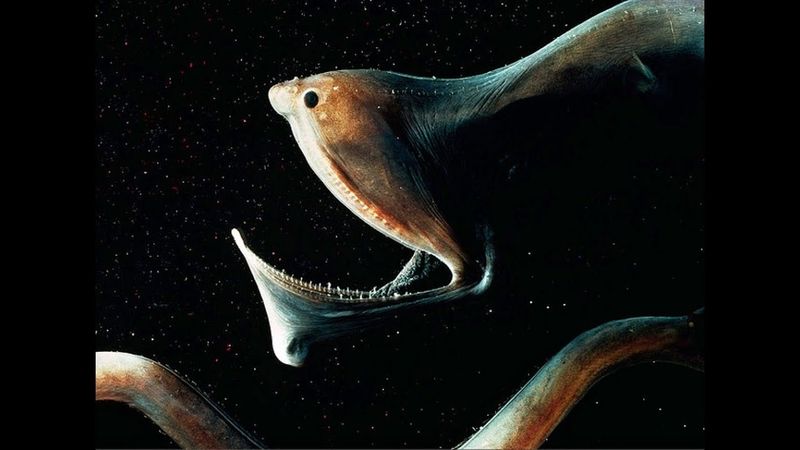
Flowing through the abyss like black silk ribbons, gulper eels stretch up to 6 feet long despite their tiny bodies.
Their most jaw-dropping feature is literally their jaw – capable of unhinging to swallow prey much larger than themselves. When threatened, these eels can ball up their tail and flash light from it, creating confusion for predators in the darkness.
6. Ghostly Predator
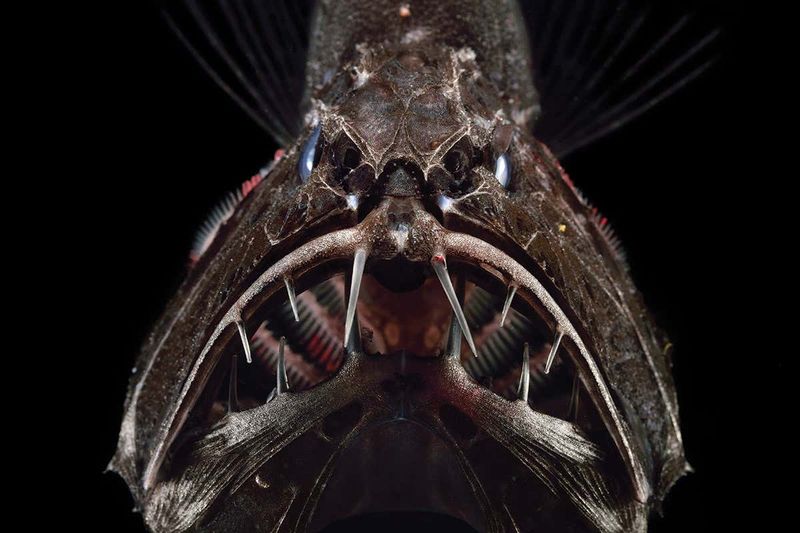
Nearly invisible in the darkness, the ghostly fangtooth has the largest teeth proportional to body size of any fish in the ocean.
These terrifying chompers are so big that special sockets in the brain help accommodate them! Despite its fearsome appearance, this deep-sea hunter barely reaches 6 inches long, proving scary things come in small packages.
7. Glowing Football
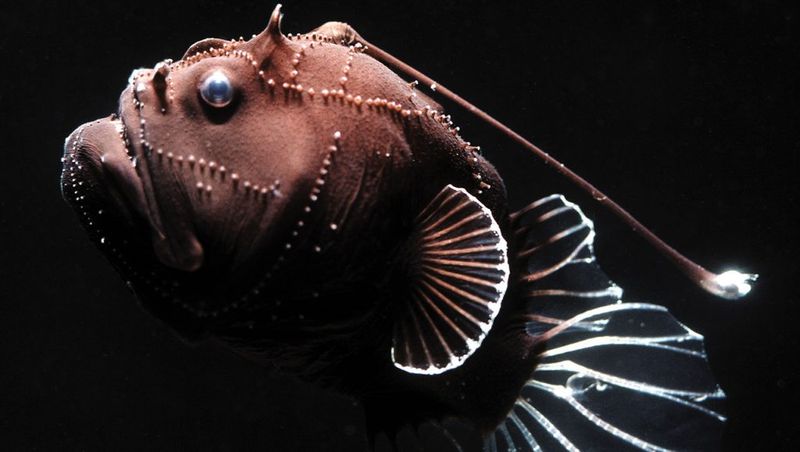
Round and radiant, the humpback anglerfish resembles a spiky football with attitude. Unlike its famous cousin, this anglerfish’s entire body glows with bioluminescent light.
Females grow to dinner-plate size while males are microscopic parasites. They’ve mastered an energy-saving lifestyle, conserving precious calories in the food-scarce depths by moving as little as possible.
8. Living Fossil
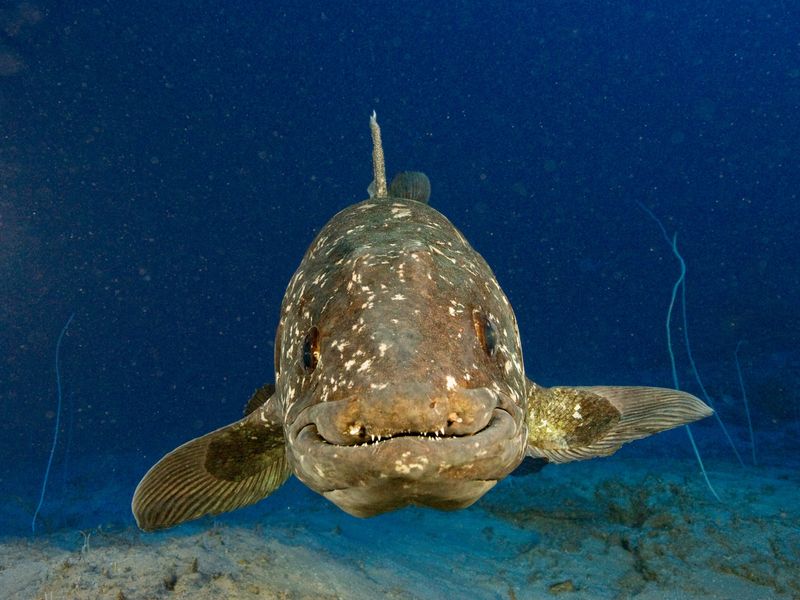
Swimming the depths since dinosaur days, the coelacanth was thought extinct for 65 million years until discovered alive in 1938!
These prehistoric swimmers use an unusual limb-like fin movement and can reach 6.5 feet long. Their specialized eyes contain more rods than cones, allowing them to detect movement in near-total darkness at depths of 2,300 feet.
9. Electrical Marvel
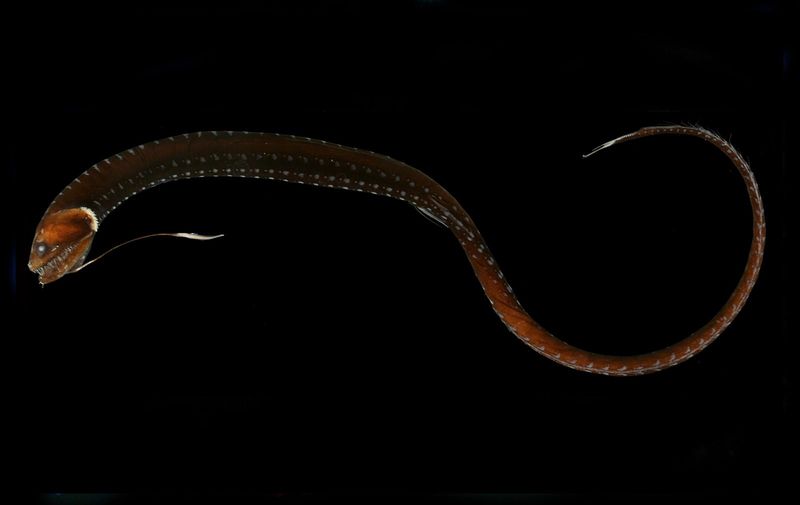
Zapping through the darkness with built-in radar, the Pacific black dragonfish detects hidden prey using electrical fields.
This living lightning rod senses the tiny electrical signals all animals produce, turning the pitch-black ocean into a virtual map. Its body contains specialized organs that generate weak electrical fields, creating a sixth sense that works perfectly without light.
10. Blobby Surprise
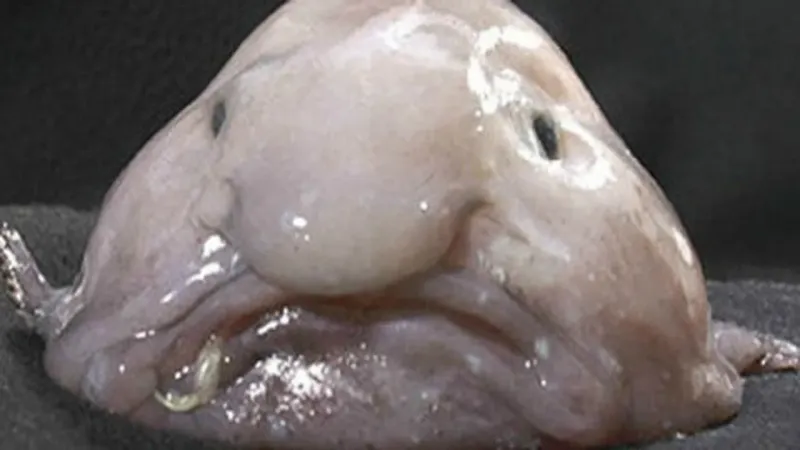
With a face only a mother could love, the blobfish appears melted and saggy in photos – but that’s not how it really looks!
In its natural deep-sea habitat under extreme pressure, it’s actually quite normal-shaped. Its gelatinous body is slightly less dense than water, allowing it to float above the seafloor without swimming, conserving energy in the food-scarce depths.
11. Snapping Surprise
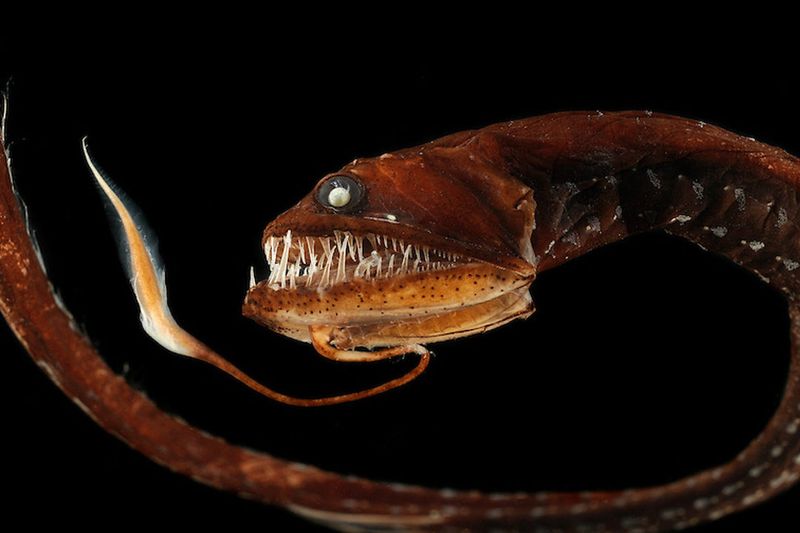
Lightning-fast movements help stomiid dragonfish catch prey in crushing depths. Explosive jaw muscles enable strikes that occur in milliseconds, invisible to the human eye.
Black skin packed with light-absorbing pigments swallows bioluminescent light. Camouflage in darkness makes these hunters nearly impossible to detect.
12. Pressure Pioneer
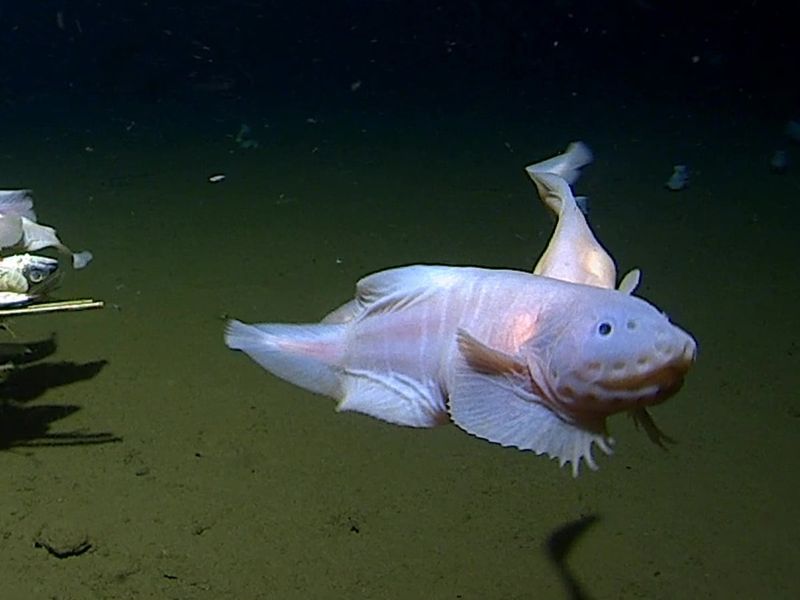
Breaking depth records like an underwater astronaut, the Mariana snailfish thrives in the ocean’s deepest point – 26,200 feet down!
At pressures that would crush a submarine, this fish’s body contains special proteins and chemicals that keep its cells functioning. Its semi-transparent body looks delicate but withstands pressure equivalent to an elephant balanced on a postage stamp.
13. Floating Lanterns
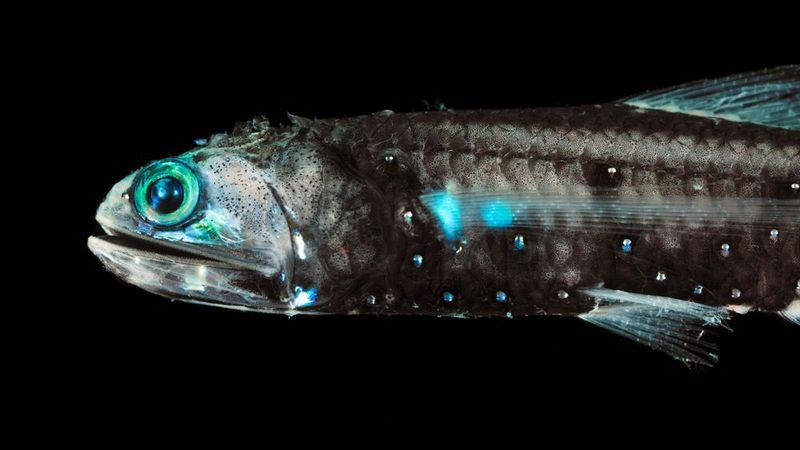
Like tiny constellations drifting through the abyss, lanternfish create the ocean’s largest daily migration as billions rise toward the surface at night.
During daylight, they retreat to depths of 3,000 feet. These small fish (typically just 6 inches long) have light-producing organs arranged in species-specific patterns, helping them recognize potential mates in the darkness.
14. Armored Scavenger
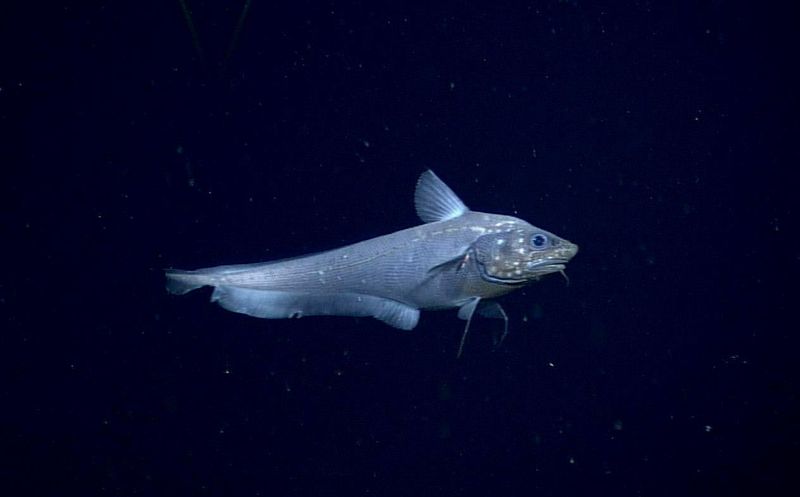
Resembling ancient Roman helmets with fins, rattail fish vacuum up anything edible from the seafloor using specialized whisker-like barbels.
Their long, tapering tails give them their name and help them navigate currents. Some species reach 5 feet long and live deeper than 23,000 feet, where they detect food using sensitive chemical receptors that work like underwater “smell” detectors.
15. Vampire Hunter
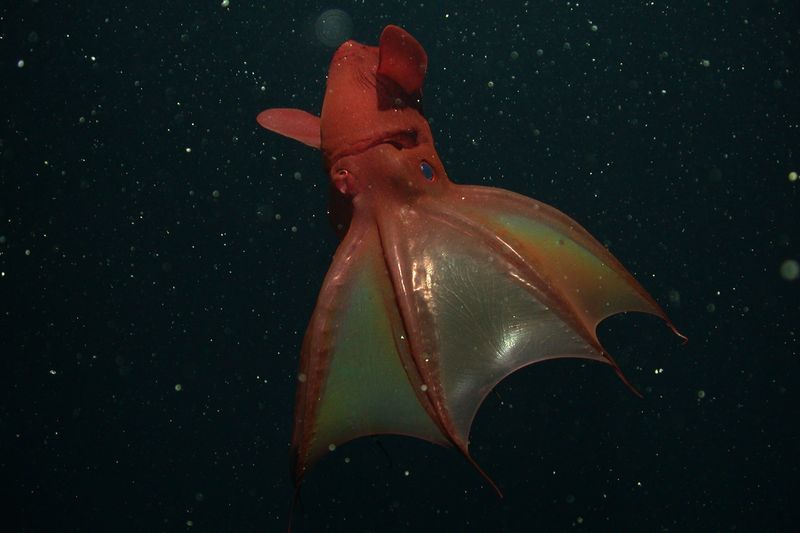
Sporting crimson fangs that would make Dracula jealous, the vampire squid isn’t actually a squid – or an octopus!
This living fossil belongs to its own order and uses bioluminescent arm tips to confuse predators. When threatened, it wraps its webbed arms around its head and releases glowing mucus clouds, creating a dazzling light show that allows it to escape.
16. Blind Navigator
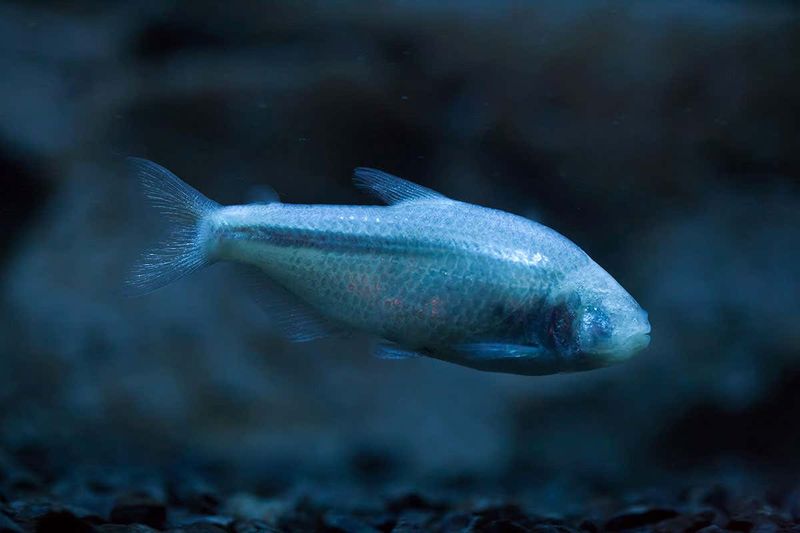
Who needs eyes anyway? The blind cavefish has completely done away with vision, leaving empty eye sockets covered by skin.
Instead of seeing, these remarkable fish navigate using a lateral line system that detects subtle changes in water pressure and flow. They can swim through complex cave systems without bumping into walls and locate food in complete darkness with incredible precision.






